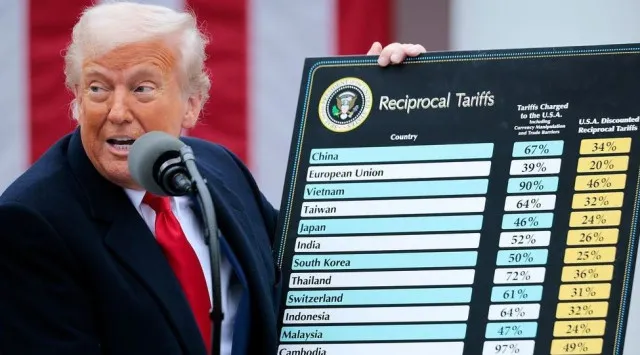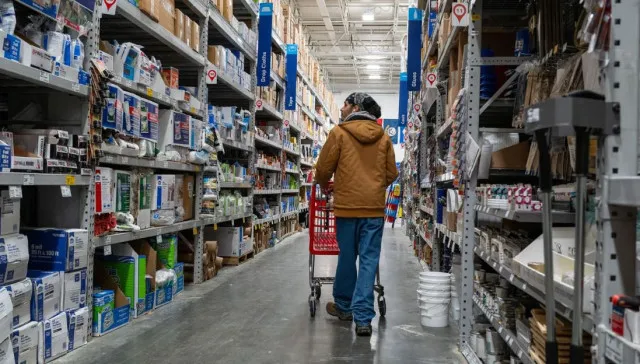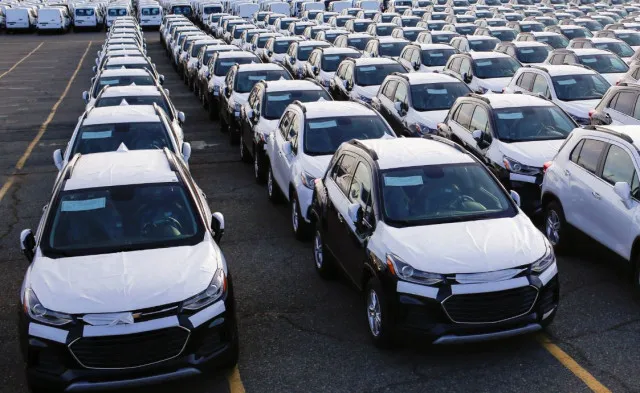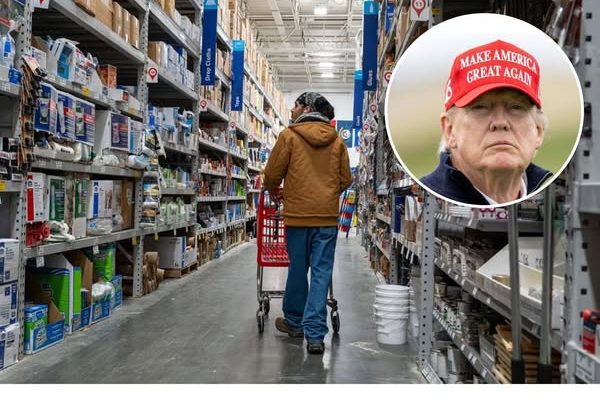Due to Donald Trump’s global tariffs, the prices of many everyday items are expected to rise, hitting American consumers directly.
President Donald Trump has launched a new wave of economic policies under what he calls “Liberation Day.”
This sweeping move enacts high global tariffs that may significantly increase the price of many everyday items for Americans.
According to report, Trump declared a national economic emergency on April 2 and introduced tariffs on nearly every foreign good entering the United States.
While the initiative is intended to “Make America Wealthy Again,” consumers could soon feel the opposite in their wallets.
Donald Trump’s new tariffs will affect nearly every imported good

Trump’s plan imposes a minimum 10 percent tariff on all imports. Some nations will face even higher rates—up to 50 percent for what Trump calls “worst offenders.”
Only three countries—Mexico, Canada, and China—are exempt, but they have already faced earlier tariff hikes on specific goods.
This global tariff strategy may lead companies to raise retail prices to offset their own rising costs. As a result, consumers will likely pay more for everything from clothes to cars.
Countries facing the highest tariffs under Trump’s global trade policy
Several countries are targeted with steep, country-specific tariff rates. These include:
China: 54% (which includes earlier tariffs)
Cambodia: 49%
Vietnam: 46%
Thailand: 36%
Taiwan: 32%
South Africa: 30%
Japan: 24%
European Union: 20%
Meanwhile, others will only be subjected to the 10 percent base tariff. These include the United Kingdom, Brazil, Australia, New Zealand, Saudi Arabia, and more.

The policy casts a wide net, and few nations are left untouched.
Wine and Coffee Prices in the U.S. are expected to increase sharply
European alcoholic beverages are among the hardest-hit products. Trump has threatened a staggering 200 percent tariff on EU alcohol.

That includes French champagne, Spanish wine, and German beer. These drinks could become luxury items for the average American household.
Meanwhile, coffee—heavily imported from Brazil and Colombia—is also at risk. Both countries now face a 10 percent tariff, raising the cost of one of America’s favorite daily staples.
Clothing and shoes will likely become more expensive for American Shoppers
Countries like China, Vietnam, and Bangladesh supply much of America’s affordable fashion. Vietnam faces a 46 percent tariff, scheduled to take effect on April 9.

This cost will likely trickle down to consumers through higher price tags. From sneakers to school uniforms, everyday essentials could soon strain household budgets.
Car prices could spike by thousands of dollars
Trump has introduced a 25 percent tariff on all imported cars and car parts. This impacts both foreign-made vehicles and U.S.-built cars that use imported components.

Experts at the Anderson Economic Group estimate vehicle prices could rise by $2,500 to $20,000. That could price many buyers out of the market entirely.
Canadian maple syrup and other domestic goods could a lso cost more
Even seemingly local products might cost more. Most maple syrup in the U.S. comes from Quebec, Canada.
With Canada already hit by earlier tariffs, this pantry staple may soon be pricier. Experts warn that even U.S.-made products using foreign parts will increase in price.
The ripple effect of Trump’s tariffs could reach deeper than expected.



